Reader's Choice
Popular articles
Ibuprofen is a common nonsteroidal anti-inflammatory, antipyretic and analgesic agent. The drug can be taken by adults, children and even pregnant women. Not everyone had to deal with the drug Ibuprofen, from which it helps and in what forms of release you can find a tool in the pharmacy, too, not everyone knows. Ibuprofen's role is to combat inflammatory processes that cause many symptoms. After reading the instructions, you will learn its composition, purpose and scope.
Related articles:
An analgesic, antipyretic agent was approved by the Ministry of Health in 1962. Ibuprofen treatment indicators are quite effective. The drug is available in the form of ointment, tablets, gel and syrup. Each form has a different composition.
1 tablet contains 200 mg active ingredient ibuprofen. They are of three types, but the composition does not differ. Additional components present in the composition of the tablets:

The drug is rapidly absorbed by the mucous membrane, the effect of the drug comes an hour after ingestion. The duration of anesthesia and antipyretic - up to 8 hours.
Analogs: Bifok, Ibufen, MIG, Burana, Bolinet. The preparation Faspik (ibuprofen acts as a salt of L-arginine and is the active substance) can also replace the medication.
The ointment has a cream base. It is applied externally. 100 g of the drug contains 5 g of the main active substance of the same name. Additional components of the drugs: dimexide and macrogol.
Pharmacodynamics: the action of the ointment occurs after 30 minutes. Due to the fatty basis, it acts longer.
Medications that can replace Ibuprofen ointment: Nurofen, Dolgit, Ibutop, Deep Relief.
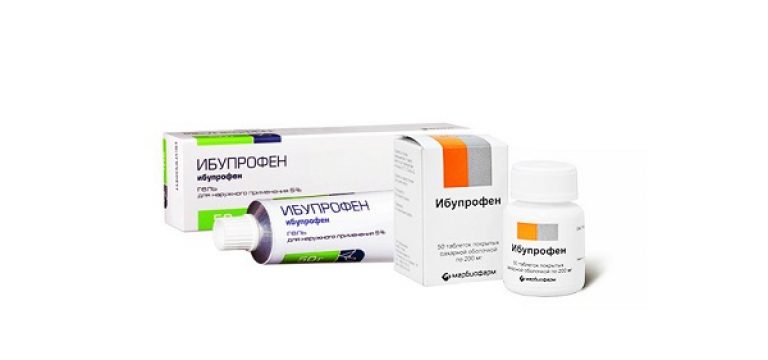
In the form of a gel, the medicine is used externally. It comes in 4 forms. 1 gram of the drug contains 50 mg of ibuprofen. Additional substances are dimexide, lavender extract, purified water, carbomer and propylene glycol.
The gel is slowly absorbed into the cavity of the joints. It badly removes inflammation and pain, but accumulates in synovial tissue, without having a pronounced effect on the body.
Similar means: Brufen retard, Deblock, Pedea, Ibusan, Faspic, Nurofen Express.
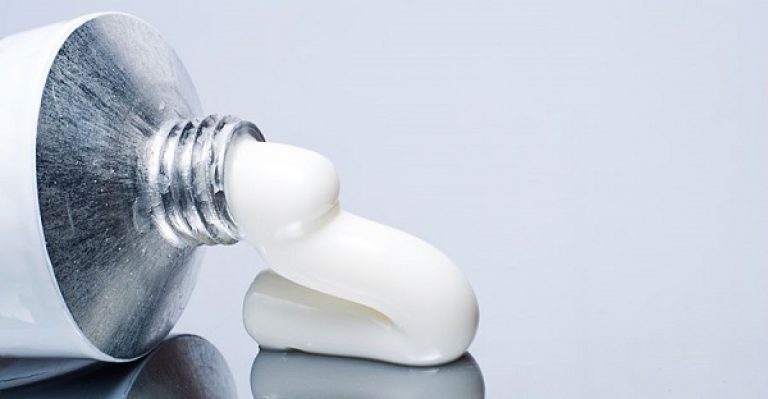
The drug in all forms of release (gel, ointment and tablets) blocks the inhibitors of COX-1 and COX-2. This analgesic is not addictive, but still you should not use it without the knowledge of the doctor. The use of medication has a moderate antipyretic effect and anti-inflammatory.
Ibuprofen is a universal remedy. Due to the extensive scope and cheapness of the drug, it can be used in various painful conditions, while not particularly affected by the financial situation of the patient.
Ibuprofen tablets belong to the non-narcotic group of drugs. They have a pronounced anti-inflammatory effect, while they weakly anesthetize. Ibuprofen tablets - what do they help with?
The drug is effective in various inflammatory processes occurring in the spine and joints. For example, in rheumatoid arthritis, gout, arthrosis, and various spondyloarthropathies. Since the pills moderately relieve pain, they can be used for menstrual and postoperative manifestations of pain.
Attention! Ibuprofen relieves abdominal pain during menstruation, but not for long. If it became necessary to use it, then it is better to use Nurofen in pills or a special remedy that relieves spasmodic pains.
In addition, it is recommended to use toothache. Antipyretics prescribed for influenza and fever on the background of infectious diseases. Unfortunately, cough pills do not help well; Ibuprofen syrup is suitable. The use of cold medicine has proven its effectiveness, as evidenced by numerous consumer reviews. Tablets perfectly save from headaches and muscle. Also, the drug helps with temperature, but if it reaches 38, Ibuprofen hard knocks it down.

The scope of the ointment and gel is almost the same, but there are some differences. Ibuprofen ointment - from what helps? The drug is prescribed to children who have turned 12 years old. Previously, it can not be used. The ointment is used for various diseases of the musculoskeletal system:
It can be applied for any swelling and damage to muscle structures. While the ointment has a strong anti-inflammatory and analgesic effect, the gel is much weaker compared to it.
Ibuprofen gel - from what helps? It has a mild effect of relieving inflammation from the joints. Above it was noted about its weak impact. The scope of the gel, as in the ointment, but it is expensive. This type of Ibuprofen is best used for mild pain. Gel is effective in the following cases:
Both products must not be used if damaged. skin integument. The gel is prohibited in the application to children under 6 years old, in the period of the 3rd trimester of pregnancy and with eczema.
![]()
In Denmark, a study was conducted, which revealed that this drug should not be taken by persons who have previously had acute myocardial infarction. Ibuprofen increases the risk of death or may cause a second seizure. Also, Danish scientists say that people over the age of 60 should take the tablets at a dosage of half the usual amount.
Other contraindications to the use of ibuprofen:
The drug should be taken with extreme caution in case of progressive kidney disease and severe renal failure.
Important! This tool unique in its effects, application and composition. It is not recommended to choose the dosage and regimen.
If a patient has liver cirrhosis, nephrotic syndrome, gastritis, anemia, peripheral arterial disease and heart failure, the drug should also be taken carefully.

Since Ibuprofen belongs to the class of nonsteroidal anti-inflammatory drugs, other drugs from this group cannot be taken with it. Possibility of occurrence side effects increases several times.
Ibuprofen refers to drugs that have anti-inflammatory and analgesic effect. This effect is due to the blocking of the synthesis of biochemical substances that cause inflammation.The analgesic effect is provided by local and general action. Anti-aggregation effect - preventing the formation of blood clots due to preventing adhesion of platelets and their adhesion to the vessel wall.
Effects of ibuprofen: a decrease in the inflammatory response, a decrease in pain, a decrease in the overall body temperature.
Additional substances: fatty acid glycerides.
Packaging:there are 5 candles in 1 aluminum blister.
Active ingredient:Ibuprofen is produced in the form effervescent tablets white colored biconvex shape with a protective sheath. 1 tablet contains 200 mg or 400 mg ibuprofen.
Additional substances:
Active ingredient:Ibuprofen is presented as an ointment for external use. 100g ointment contains 5g ibuprofen.
Additional substances: dexalgin, low molecular weight polyethylene glycol.
Packaging:Aluminum tubes for 15g and 25g.
Ointment
Ibuprofen is a medication of the type of hormone-free anti-inflammatory agent.
The drug is used externally. The drug is an anesthetic and inflammatory inhibitory medication. It is aimed at suppressing the production of neurotransmitters of the inflammatory process. Suppresses the activity of the enzyme PGN2-synthetase, which is involved in the synthesis of biologically active substances - prostaglandins of inflammation. The action against inflammation is explained by an improvement in coronary blood flow, a decrease in the amount of amine, polypeptides from the kinin group in the blood, and other neurotransmitters of inflammation, a suspension of the synthesis of adenazintriphosphate, which explains the decrease in inflammatory activity.
The analgesic effect of the drug is caused by a decrease in the degree of the inflammatory process, a decrease in the synthesis of polypeptides from the kinin group. Sulfoxide has an effect against inflammation, pain relief, helps ibuprofen to penetrate cells more easily. Ibuprofen ointment contributes to accelerated pain relief, reduces pain, relieves swelling, and blood filling. Facilitates joint mobility.
Pills
Ibuprofen has a non-hormonal effect aimed at reducing inflammation, with an analgesic and fever-relieving effect.
The effect of ibuprofen is explained by a decrease in the formation of biologically active lipids by a method of non-selective suppression of cyclooxygenase enzymes, and a decrease in the possibility of the appearance of other mediators of pain and inflammatory processes. Partially prevents adhesion of platelets (platelets) - therefore it is used to prevent thrombosis.
Ointment
With the local use of ointment 5% of the drug penetrates partially and has no overall effect on the body. Diffusion of the drug into the articular tissues is slow, the presence in the inter-articular space is expressed, synthesizing the largest amount there than in the liquid part of the blood. The active substance is excreted from the body after enzymatic treatment with urine through the kidneys. Dimexide quickly penetrates cellular barriers, even through the skin without damage, the inner membrane of organs.
Pills
When used internally, ibuprofen is rapidly absorbed. Drug absorption is 80%. The protein synthesis of the liquid part of the blood is almost 100%. When combined with a meal there is a decrease in drug absorption. The period of the highest content in blood cells is up to 1.5 hours. Infiltration into the articular tissues is delayed with a delay in the synovial membrane with a concentration in the latter of the largest number of the drug than in the blood plasma.
Reducing the concentration of the drug in the blood by half occurs in two hours. The purification rate is 0.75 ml / min / kg. The distribution of the total volume is 0.15 l / kg. In elderly patients (age over 66 years), the half-decrease in the concentration of the drug is lengthened, the purification rate is reduced. Ibuprofen is processed in the liver by oxidation with the appearance of passive forms. The withdrawal of the drug occurs through the organs of excretion (kidney, intestine). A small proportion of ibuprofen is excreted in the bile.
The analgesic effect after a single use of the drug lasts eight hours.
The highest daily dose of 30 mg per 1 kg of body weight of the child.
For children from three to nine months with a body weight of up to 8 kg, it is recommended to take 1 suppository (60 mg) with an interval from 6 h to 8 h, three times a day, not more than 180 mg per 24 hours.
For children from nine months to two years with a body weight of 8 kg to 13 kg, the recommended dose of the drug is 1 candle (60 mg) 4 times a day, with an interval of 6 hours, not exceeding 240 mg.
In case of detection of fever for children under one year, it is recommended to take 1 candle (60 mg); for children older than one year - 1 candle (60 mg), and if required with an interval of 6 hours you can take another candle (60 mg).
Therapy continues for 3 days in order to reduce fever, but not more than five days as an anesthetic drug. In case of prolonged fever, it is necessary to consult with your doctor.
The dosage of the drug is not recommended to increase.
The ointment is applied exclusively externally. Patients older than 12 years old ointment applied to the affected area in the form of a strip length of 10 cm, rubbing with a light effort until the full absorption with an interval of 6 hours for a period of 14-20 days.
Repeated use of the drug must be made, observing the minimum interval of time - four hours, but not more than four times a day.
In the case of preservation or aggravation of the disease, or the absence of signs of recovery 14 days after the start of the use of the drug, it is necessary to stop taking the drug and further treatment under medical supervision.
The use of tablets of the drug is considered by the attending physician depending on the degree of pain.
The ointment is applied exclusively externally. In non-standard situations it is proposed to combine local treatment with simultaneous internal use of non-hormonal, treating inflammation drugs.
It is required to prevent the possibility of getting ointment in the eye area or on the mucous membranes.
In the case of manifestation of a clear change in the color of the skin, as well as scabies, the drug should be stopped.
Interaction
The drug reduces the activity of the enzyme tissue, reduces the diuretic effect of drugs used for this purpose. Multiplies the intoxication of anticancer drugs, drugs containing lithium. Ibuprofen multiplies the amount of lanicor in the blood, as well as lithium, difenina. The analgesic effect of ibuprofen increases theine.
The appearance of undesirable effects with simultaneous use of ibuprofen ointment and other drugs has not been scientifically proven.
“Ibuprofen” is widely used in the treatment of various diseases in people of all ages. Therefore, it is important to know not only the mechanism of the drug's effect on the body, but also possible negative reactions to its reception.
The variety of produced drug "Ibuprofen"
When it comes to Ibuprofen, the instructions for using the extended format provide more information than the liner used by domestic manufacturers. The latter contains a reduced amount of data - 20%, especially regarding the description of negative consequences. Wikipedia is also not an assistant here.
The drug is included in the reference radar, where there are many of its counterparts, more than 30 items.
Regardless of whether the medicine is produced in pills, syrup, or we are talking about injections, its active ingredient is ibuprofen. There are 200 and 400 mg tablets, ointments and gels for external use.
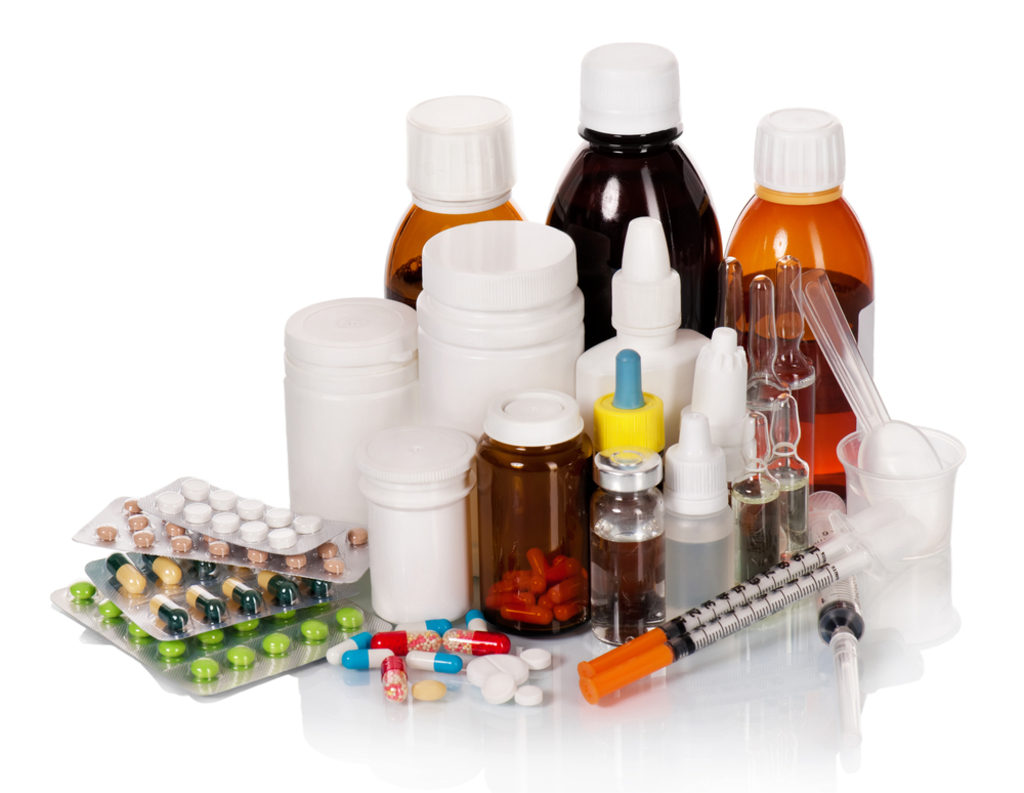
Dosage forms of the drug "Ibuprofen"
The composition of excipients may vary, depending on the manufacturer. For example, the research and production center “Borschagovsky HFZ” is:
The tablet shell is often purple. In Russia, the drug is available only in tablets of 200 mg. It also has another name - “ArtroKam”.
The medicine of the manufacturer Camellia NPP practically does not differ in the composition of the above. Here also the active substance is ibuprofen.
The German manufacturer produces "Ibuprofen" in the form of a solution for injection. There is such a tool more than 24 thousand rubles. for 4 bottles.
Intravenous administration of this medication can only be carried out under the supervision of a doctor in a hospital.
"Ibuprofen" refers to the group of nonsteroidal anti-inflammatory drugs. This is not an antibiotic, however, it should be taken only as prescribed by a doctor. Substance belongs to propionic acid derivatives. It has several types of effects on the body:

Girl feels a headache
This is done through the suppression of the synthesis of prostaglandins in the body, which have a significant effect in the formation of pain, inflammation, feverish states.
Ibuprofen reduces platelet aggregation. This increases the likelihood of heart attack, stroke.
Receiving "Ibuprofen" tablets has good impact indicators, since the active substances are almost completely absorbed by the digestive system. After 2 hours, their maximum concentration is reached.
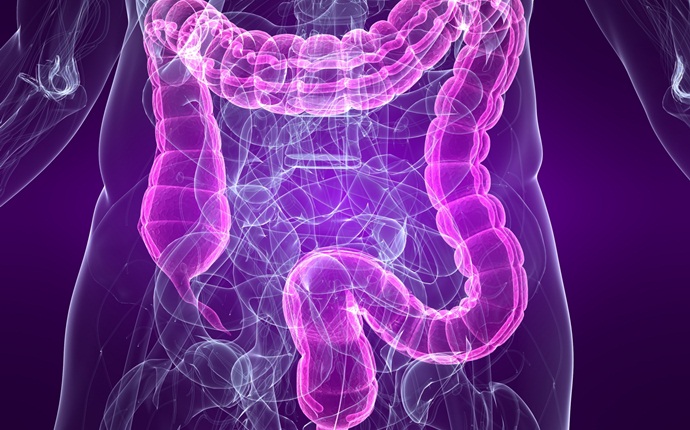
Reduced absorption of active substances due to food intake
It is necessary to distinguish between medication in pills and food intake. Food reduces the rate of absorption of active substances.
Slow penetration of ibuprofen into the articular cavity is noted. However, the drug is retained in high concentrations in the synovial fluid. This indicator is as a result higher, than in a blood plasma. Taking tablets 200 or 400 mg, syrups, suspensions and other types of the drug, it should be borne in mind that the metabolism is produced in the liver. Only 10% of the substance is excreted unchanged, the remaining 90% as metabolites present in urine and feces.
Doctors consider the following indications, as the need to take not an antibiotic, but “Ibuprofen” in tablets of 200 or 400 mg, in other medical forms:

A man is experiencing severe back pain, which is an indication for the use of "Ibuprofen"
Indications for use are considered in each case. The drug has side effects. Therefore, to take it, after reading the testimony and without consulting with a specialist, it is impossible.
The list of what contraindications are present when taking “Ibuprofen” is extensive. It includes the following items:
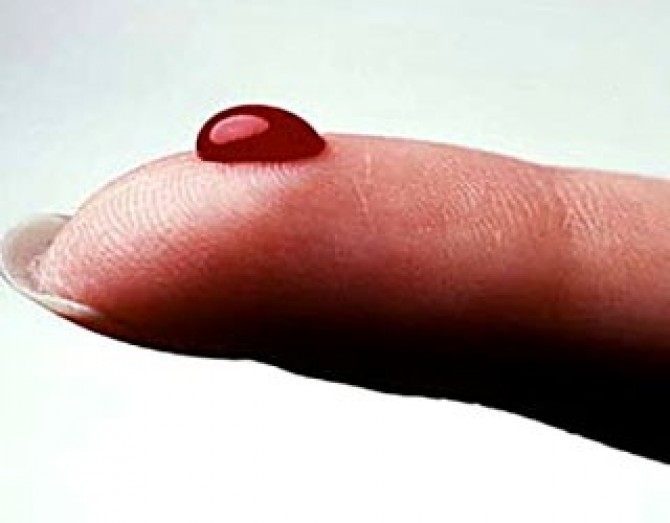
The violation of blood clotting is a contraindication to the use of the drug "Ibuprofen"
The indications that you can drink the medicine should not be taken as a binding prescription for Ibuprofen. This tool interacts with a large number of drugs, which leads to the impossibility of its use for pain relief.
Before taking Ibuprofen, you need to not only analyze the evidence. Whether it is possible to use tablets 200 or 400 mg, ointment, suspension, or it is required to administer the drug intravenously, only a doctor can tell. Pharmacists identify the following negative types of drug interactions, when you cannot take it, regardless of what the indications are:

Negative effect on kidney preparations
Diuretics increase the likelihood of nephrotoxic effects of ibuprofen on the body.
Also, an increase in nephrotoxic effects occurs when taking "Ibuprofen" and "Cyclosporine", "Tacrolimus".
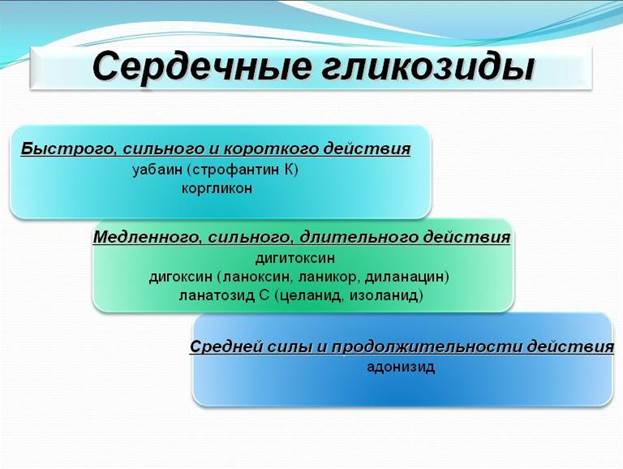
List of cardiac glycosides
It is possible or not to take "Ibuprofen", in difficult cases. Defined by a doctor.
All four generations of antibiotics of this group simultaneously with the use of ibuprofen can lead to the development of seizures.
This is an incomplete list of drugs and their groups, with which you can not simultaneously take ibuprofen. However, there are indications, based on which the doctor decides that you can drink medicines at the same time. In most cases, we are talking about senile ailments.
The side effects resulting from taking Ibuprofen are reduced by lowering the dosage of the drug. It is necessary to ensure that the patient drank a minimum of medication, but at the same time its effectiveness remained.
A high dose of "Ibuprofen" (2400 mg / day), taken for a long time, significantly increases the risk of a heart attack, stroke.
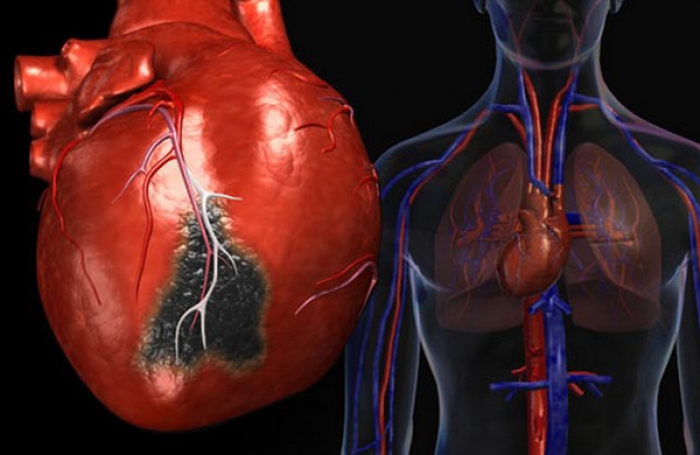
What does a myocardial infarction look like?
Avoiding critical situations helps reduce the dose of the drug to 1200 mg / day or less of this amount. In situations where the patient is at risk, relating to a high probability of developing cardiovascular ailments, long-term treatment with NSAIDs is prescribed only after a careful analysis of the possible harm and benefits obtained.
It should also be borne in mind that if there is a record of bronchial asthma and allergic rhinitis in the history, then the use of Ibuprofen may cause an asthma attack, swelling of the respiratory tract.
In patients taking Ibuprofen, there is a decrease in the appearance of signs of infectious diseases. When diagnosing diffuse ailments of the connective tissues (systemic lupus erythematosus or scleroderma, dermatomeositis, rheumatoid arthritis, etc.), the prescription of this drug may lead to the development of aseptic meningitis. A certain risk of manifestation of this disease is also present in other people to whom Ibuprofen has been prescribed.
As a rule, with the development of complications, the refusal to take the medication completely normalizes the general condition of the patient. Separately, should be considered prescription medication for women who are planning a pregnancy. There are cases when taking the drug led to a violation of the fertile function, that is, reduced the likelihood of conception.
Older people should take "Ibuprofen" with caution, in any case not to exceed the dosage prescribed by the doctor. Uncontrolled anesthetic can cause gastrointestinal bleeding, perforation. That is, there is a risk of death. There were isolated cases when Ibuprofen was used as a catalyst for the development of serious skin ailments, such as toxic epidermal necrolysis, Stevens-Johnson syndrome, and exfoliative dermatitis.
Usually negative reactions to taking Ibuprofen occur in the first month of therapy.
The drug is often prescribed not only as an anesthetic. Due to its effect on platelet aggregation, it is indicated as a prevention of thrombosis. However, the attendant risks of side effects have significantly reduced its use in this capacity in the past five years.
In no case should ibuprofen be taken to women during pregnancy, breastfeeding. This can cause the following negative effects:
Ibuprofen during this period can only be prescribed by a doctor in a situation where his admission is justified regardless of the risks that arise.
Usually prescribed doses do not cause reactions that impede the management of vehicles. However, some patients may experience drowsiness, dizziness, blurred vision, disorientation. If these symptoms are present, then the management of complex mechanisms, vehicles should be abandoned.
Ibuprofen is formulated for short-term oral use only. Assign the minimum effective dose that the patient takes 3-5 days. The treatment is aimed at relieving pain symptoms, fever. If manifestations do not pass during this time, it is necessary to seek qualified medical assistance.
The drug can be drunk by adults and children, weighing more than 20 kg and over 6 years old. If the child does not fall into this category, the effectiveness of the appointment and the safety of the reception by the doctor is calculated individually based on the history of the patient. The amount of the prescribed drug is the active substance 20-30 mg per 1 kg of patient weight. Excess dosage leads to intoxication of the body.
Children with a weight of 20-30 kg and ages from 6 to 11 years old are prescribed no more than 3 tablets in which the active substance is 200 mg, or 1.5-400 mg per day. In this case, the gap between techniques must be at least 6 hours. If the patient has a body weight of more than 30 kg, then the maximum dosage is 2400 mg / day, that is, in terms of the active substance, 400 mg every 4 hours. However, this amount of medication can cause side effects. Therefore, it is usually prescribed 200 mg every 6 hours.
When prescribing medications for elderly people, no additional dosage adjustment is required.
With the simultaneous intake of 400 mg of ibuprofen, intoxication of the body can be obtained. In children, such manifestations are more pronounced than in adults. In this case, the reduction of negative reactions will occur in 1.5-3 hours, when the active substance begins to leave the body. Overdose is manifested by headache, lethargy, weakness, loss of consciousness, bleeding of public utilities, diarrhea, vomiting, tinnitus, nausea, disorientation, reduced vision.
Severe poisoning requires immediate elimination by medication, as they can lead to coma, convulsions. There is also a high probability of developing acute renal or respiratory failure, cyanosis, metabolic acidosis, liver damage, hyperkalemia, arterial hypotension.

The presence of convulsions in a boy due to an overdose of the drug "Ibuprofen"
Treatment of intoxication with ibuprofen is the following:
Based on the possible serious consequences of taking Ibuprofen and the extensive list of contraindications, it is only possible to drink this anesthetic for a long time after the medication is prescribed by a doctor. It is impossible to sit on tablets uncontrollably, since this can lead to serious negative consequences, including coma and death. However, the cost of the drug - 15.00 rubles for 20 tablets of 200 mg makes it popular among the population.
In the home first aid kit there are many medications, but in order to properly self-treat, you need to know at least a minimum of information about each of them. For example, it would not be superfluous to study everything about today's analgesic Ibuprofen - from which these pills, with what interval and course they should be taken, whether the medicine for fever will help with cold and flu.
A drug with a pronounced analgesic effect, belonging to the group of nonsteroidal anti-inflammatory drugs - that's what ibuprofen means in the scientific language of medicine. Due to many different properties, the drug relieves inflammation, pain of weak or moderate intensity, heat during a cold or flu, degenerative-inflammatory processes of ODA. Ibuprofen medication is included in the list of essential WHO.
Regardless of the form of release, the main active ingredient of the drug is ibuprofen substance. The difference is only in its concentration in a certain type of medicine and aids, for example:
In appearance and volume of the drug Ibuprofen is divided into the following subgroups:
The drug has analgesic, antipyretic and anti-inflammatory properties due to non-selective blocking of the synthesis of prostaglandins and cyclooxygenase enzymes. When used externally, it produces an analgesic effect, normalizes vascular permeability, and reduces inflammation. The additional active component of the ointment dimethyl sulfoxide has an anti-inflammatory effect and enhances the absorption of the drug.
When ingestion, absorption of ibuprofen begins after reaching the drug of the mucous membranes of the stomach. It is worth considering that the simultaneous ingestion of food will slow down the absorption of active ingredients. Ibuprofen is metabolized by the liver by 90%, 80% is excreted with the urine as metabolites, the rest is excreted unchanged through the intestines.
The therapeutic effect is manifested in different ways. For example, antipyretic activity is observed only 3 hours after taking a pill or suspension. Pain syndrome is eliminated 15 minutes after taking the medicine, and anti-inflammatory activity is observed for 5-7 days of treatment. The peak concentration of the active substance in the blood plasma accounts for 45-60 minutes after taking the drug.
It should be clearly understood that any dosage form of Ibuprofen has only a symptomatic effect: relieving pain, relieving inflammation, reducing the temperature, but does not cure the underlying disease. Tablets are recommended for:
In the form of a gel or ointment prescribed for:
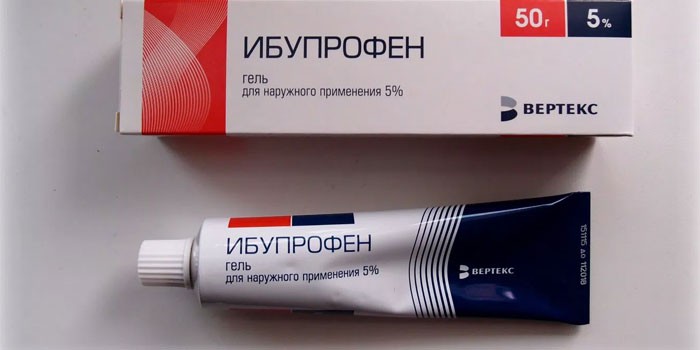
Ointment and gel should be used with caution in the first trimesters of pregnancy, when consuming alcoholic beverages, as well as certain types of medicines. Categorical contraindications to use are:
As an antipyretic tablet can be taken for children over 12 years old and adult patients in doses of 1 or 200 mg 3-4 times a day. The intervals between taking the medication for at least 4 hours. It is better to drink pills after a meal, drinking plenty of ordinary non-carbonated water. Ibuprofen tablets are forbidden for more than 5 days without a doctor's testimony due to the risk of bleeding.
Children should be given a liquid suspension for no more than three days. It is better to take the syrup after eating, after carefully shaking the bottle of medicine. The interval between taking the medication is 6 hours. The maximum course of treatment for fever is 3 days, pain syndrome - 5 days. The dosage for prescribing ibuprofen is calculated according to age:
Rectal suppositories are placed 1 time per day. If the desired effect is not achieved the procedure can be repeated after 6 hours. The maximum daily dose for suppositories is 30 mg of the drug per kg of weight. To obtain an anti-inflammatory effect in adults, you can use an ointment or gel. Apply the product according to the instructions is better with a thin layer up to 4 times per day. The interval between application is 4 hours. The course of treatment is 2-3 weeks.

With the abuse of pills or not complying with the dosage, severe abdominal pain, nausea with vomiting, headaches, nystagmus of the eyes, difficulty in breathing, blue skin and nasal mucous membranes, tachycardia can occur. With standard treatment, the effect of ibuprofen on the body is negligible. Possible side effects include:
In the course of drug treatment, it is recommended for adults to refrain from any work that is associated with increased concentration of attention. It is necessary to refrain from the use of any alcohol and driving vehicles. Any treatment should be carried out with a minimum course with a small dosage, while it is necessary to conduct strict control over the state of the blood formula.
The use of ibuprofen is allowed on initial stages pregnancy and only in cases where the possible risks to the mother’s health exceed the risk to the child. The drug penetrates well through the soft tissues into the placental barrier, which can provoke closure of the arterial duct in a child. In the treatment of nonsteroidal anti-inflammatory drugs during lactation should refuse to feed the baby with breast milk.

Ibuprofen is contraindicated when taken simultaneously with other NSAID drugs because of the risk of overdose. In addition, there may be other negative reactions from the body, if you combine ibuprofen tablets with:
It is important not only to know Ibuprofen - what these pills are for, but also how you can replace the medicine in the absence of it in the pharmacy. According to the patient reviews, one of the best painkillers is Advil, Paracetamol will give a febrifuge effect, and inflammation of the joints relieves Ibutop gel. Other structural analogues of Ibuprofen are:
![]()
It is necessary to store the medicine in a place that is difficult for children to reach, with a humidity of air no higher than 75% and a temperature of up to 25 degrees. The maximum shelf life of tablets is 3 years from the date of production. The price of the medicine varies depending on the number of tablets in the package and the manufacturer. It is released without a prescription. The average cost of the drug in Moscow and the region is shown in the table below.
Ibuprofen belongs to the group of nonsteroidal anti-inflammatory drugs. is he used as an analgesic, antipyretic and anti-inflammatory agent with various diseases in children and adults. The effect of the drug is prolonged, which allows you to forget about the unpleasant symptoms for several hours. But, despite the benefits of the drug, it is quite possible to overdose with ibuprofen if it is used incorrectly.
Ibuprofen (Ibuprofen) is a drug that belongs to the group of non-selective non-steroidal anti-inflammatory drugsthat block COX-1 and COX-2, derivatives of propionic acid. Drug in its composition contains the same substance ibuprofen. The release form of the drug is multi-gel and ointment for external use, suspension for children, tablets, capsules and tablets for preparing effervescent solution.
Ibuprofnoe Medicinal the remedy is indicated for pains of various etiologies and for fever.which is caused by different reasons. Indications for use are: 
Ibuprofen poisoning is possible only in a few cases, most often through negligence: 
To prevent an overdose of the drug, you need to take it only as directed by the doctor and in exactly the specified dose!
In rare cases you can poison the drug if you take it contrary to the indicated contraindications in the instructions. These include such diseases and conditions: 
If the patient has some of these diseases or conditions in the history of the disease, then the dose of the drug is adjusted by the doctor or the medicine is replaced.
Is ibuprofen harmful? They ask people of different age groups. It turns out that people who constantly take higher doses of ibuprofen are at risk of getting cardiovascular diseases. Impact on the heart and blood vessels begins if the patient takes the medicine in a stable dosage exceeding 2400 mg per day. Physicians should prescribe this drug with caution to patients diagnosed with heart disease. But still the benefits of medication more than harm. How many tablets per day can be consumed with a particular disease, the doctor counts. But the dose should not exceed 1200 mg per day for an adult.
Like the rest medications, Ibuprofen has many side effects: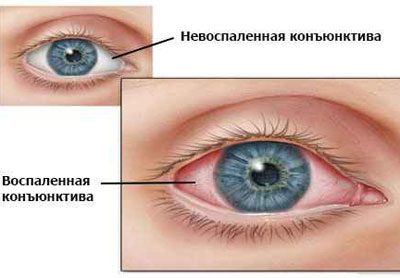
If undesirable effects appear, it is necessary to stop treatment and consult a doctor. Usually with rapid withdrawal of the drug serious health effects do not occur.
If a person has taken a large amount of the drug, then he has the following signs of overdose: 
Anti-inflammatory drug for excessive admission causes severe conditions that require medical attention.
With an overdose of ibuprofen first aid is effective only for the first hour, until the drug had completely sucked into the bloodstream: 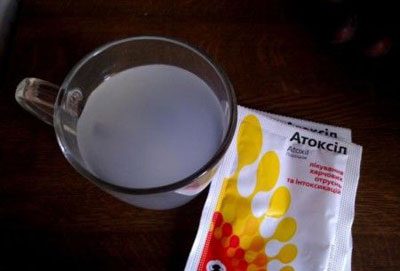
You can not otpaivat patients with poisoning juices or carbonated drinks!
If ibuprofom poisoning is diagnosed in a pregnant woman, a child of any age or an elderly person, then this is the reason for an emergency call.
Ibuprofen therapy is attempted in the minimum dose that helps to achieve efficacy, and in a short period of time. It is worth remembering that almost complete withdrawal of the drug from the body occurs after 6-8 hourstherefore, it is worth taking the next dose no earlier than this time period. During treatment, it is forbidden to drink alcohol and engage in any activity that requires increased attention.
Everybody can prevent intoxication with ibuprofen, for this you need to be attentive to yourself and your relatives: 
With allergic reactions Care should be taken in syrups. It contains dyes, preservatives and flavors that can aggravate the disease.
Comparing the benefits and possible harm from ibuprofen, doctors come to the conclusion that this medicine is very effective in many diseases., but only when properly applied.
| Related articles: | |
|
Instructions for use of Ibuprofen - from what it helps
Ibuprofen is a common nonsteroidal anti-inflammatory, ... What dreams of snakes for men who crawl
Various dream books and interpreters of dreams ... Strong quick remedy for thrush
In our time, the disease such as thrush is very common. 75% ... | |